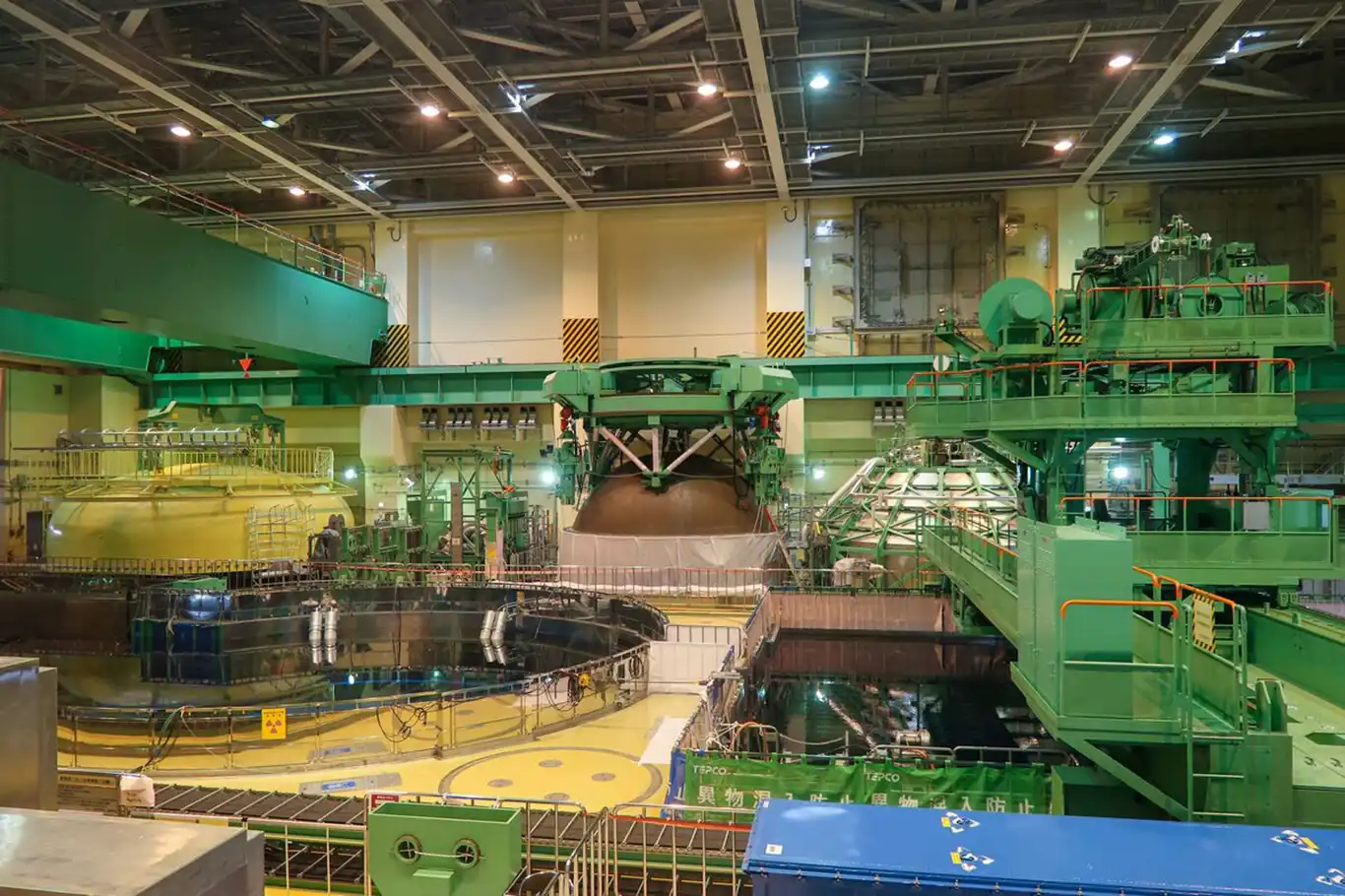Japan approves restart of world’s largest nuclear plant for first time since Fukushima


Local authorities in Japan have granted approval for the restart of the Kashiwazaki-Kariwa Nuclear Power Plant, the world’s largest nuclear facility, marking a major step in the country’s return to nuclear energy more than a decade after the 2011 Fukushima disaster.
Niigata Governor Hideyo Hanazumi announced on Friday that he “would approve” the plant’s restart, pending final authorization from Japan’s Nuclear Regulation Authority. The plant, operated by Tokyo Electric Power Company (Tepco), has remained offline since the Fukushima meltdown triggered by a devastating earthquake and tsunami that killed around 18,000 people.
Japan, a resource-poor nation heavily dependent on imported fossil fuels, is seeking to revive nuclear energy to cut carbon emissions, reduce reliance on costly fuel imports, and meet rising electricity needs driven by artificial intelligence and industrial expansion. Fourteen nuclear reactors across the country have already resumed operations under strengthened post-Fukushima safety regulations.
The Kashiwazaki-Kariwa complex, spanning 400 hectares on the Sea of Japan coast, has undergone extensive safety upgrades, including a 15-meter tsunami wall and elevated backup power systems. If approved, it would be Tepco’s first reactor restart since 2011.
Before the disaster, nuclear power supplied roughly one-third of Japan’s electricity. Today, nearly 70 percent of the country’s energy needs are met by coal, gas, and oil—almost all imported at a cost of about $500 million per day. Under long-term planning, Tokyo aims to reduce fossil fuel dependence to 30–40 percent by 2040 while raising nuclear power’s share to around 20 percent.
Prime Minister Sanae Takaichi, who took office last month, has prioritized nuclear restarts and increasing nuclear capacity. Analysts note that her administration places less emphasis on renewable expansion compared to previous governments.
Meanwhile, Japan’s pursuit of renewable energy faces challenges. Wind power is expected to rise from around 1 percent today to between 4 and 8 percent of the energy mix by 2040, but rising costs have already forced Mitsubishi to withdraw from key offshore wind projects.
Despite the nuclear revival, Japan continues to grapple with the monumental task of decommissioning the Fukushima Daiichi plant, a process expected to span several decades. In August, engineers deployed remote-controlled robots into a damaged reactor building to assess radioactive debris, underscoring the persistent complexity and danger of removing melted fuel.
The approval of the Kashiwazaki-Kariwa restart marks a pivotal moment in Japan’s energy strategy, balancing economic need, environmental goals, and the unresolved legacy of one of the world’s worst nuclear disasters. (ILKHA)
LEGAL WARNING: All rights of the published news, photos and videos are reserved by İlke Haber Ajansı Basın Yayın San. Trade A.Ş. Under no circumstances can all or part of the news, photos and videos be used without a written contract or subscription.
Ongoing Israeli airstrikes and attacks in the Gaza Strip continue to kill and injure civilians despite an announced ceasefire, UN agencies warned on Friday, describing a rapidly deteriorating humanitarian situation marked by widespread hunger, collapsing healthcare, and mounting child casualties.
Nooruddin Azizi, the Acting Minister of Industry and Commerce for the Islamic Emirate of Afghanistan, extended a direct invitation to Indian businesses to invest in his country during a recent meeting with members of the Indian private sector.
A reported draft peace framework from the United States, outlining a negotiated settlement to end the war, has sparked strong and deeply unsettled reactions among senior Ukrainian officials.